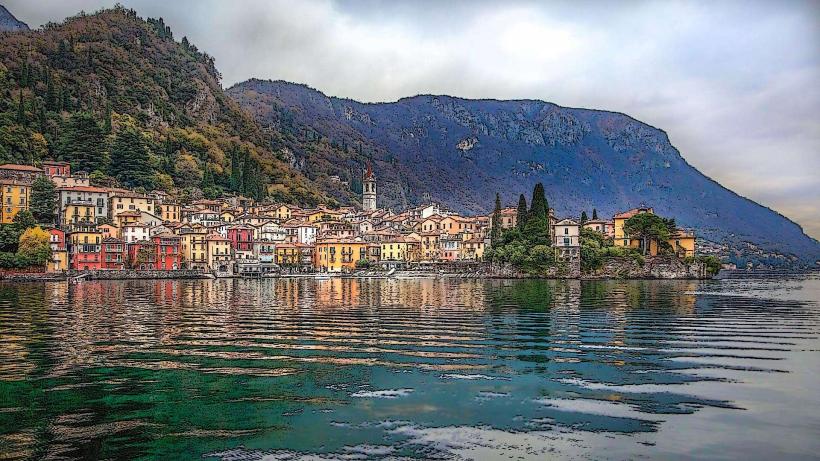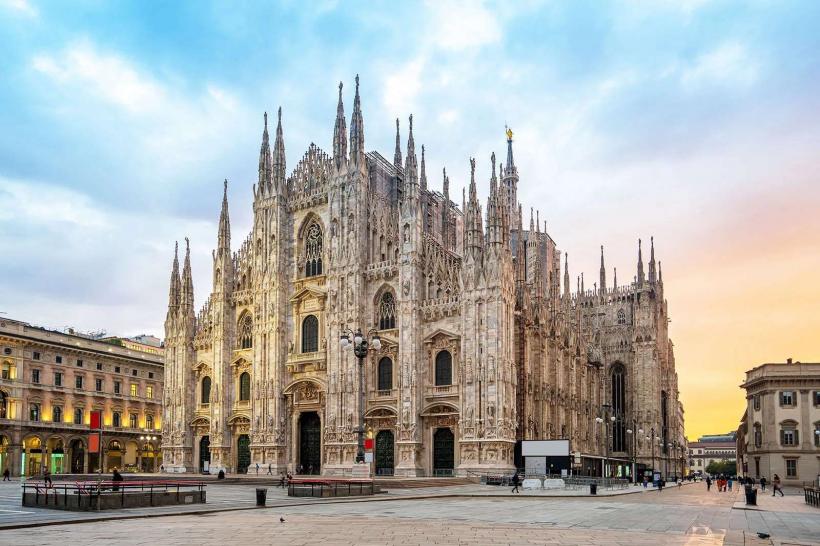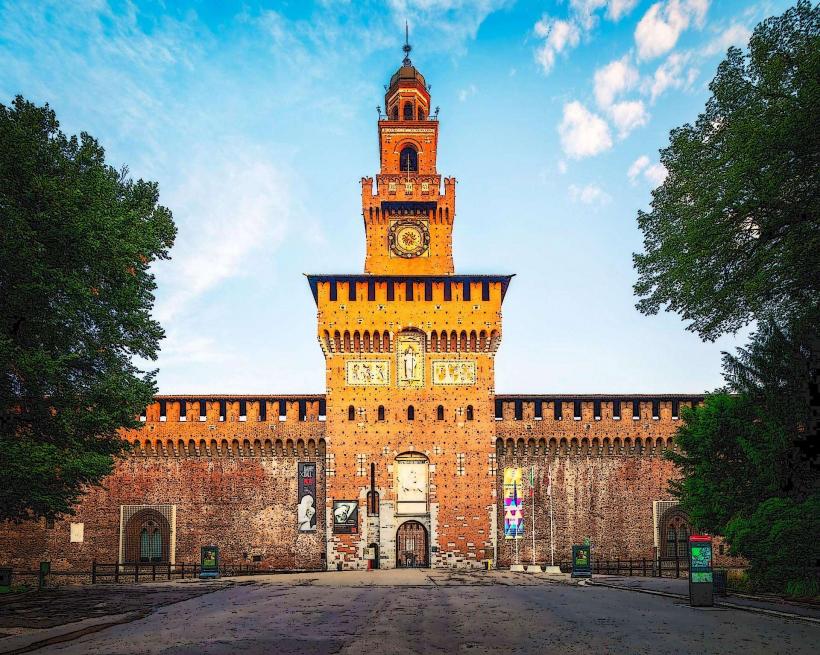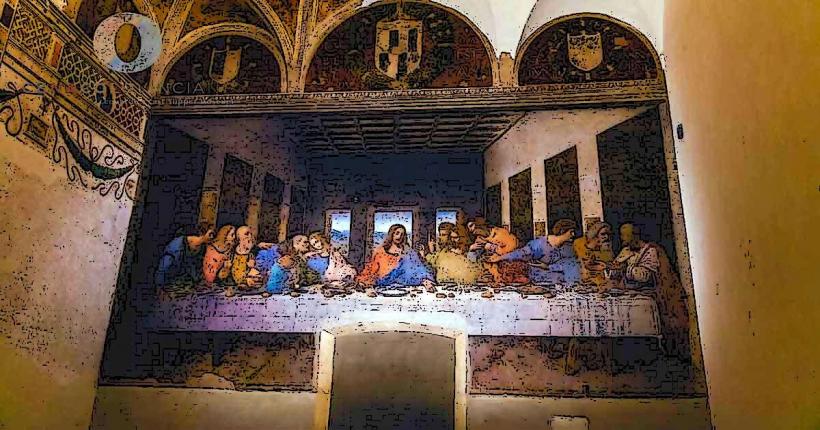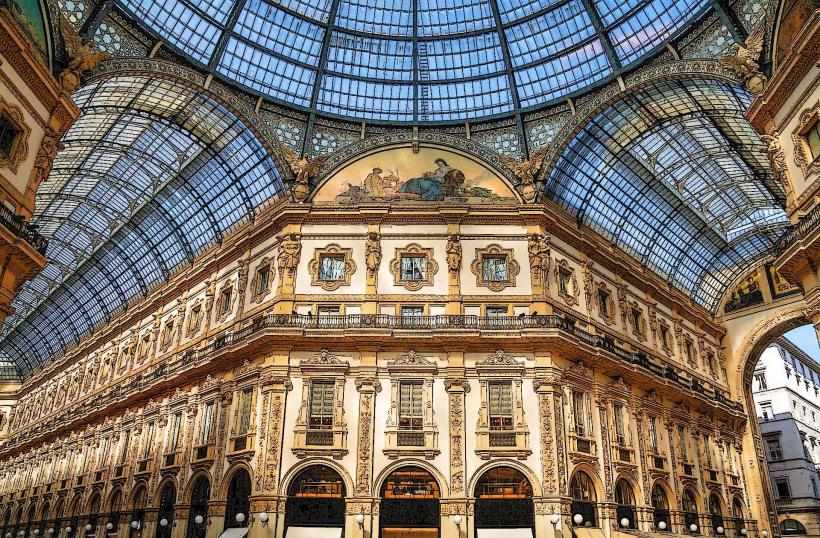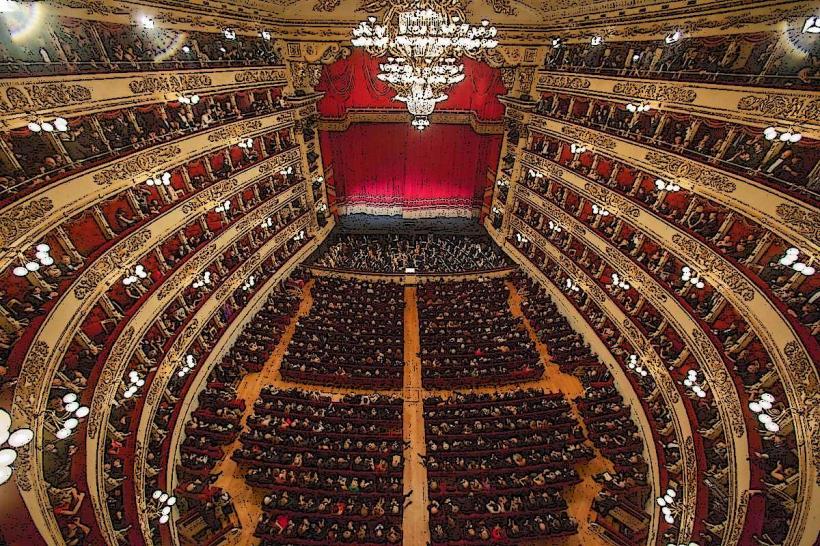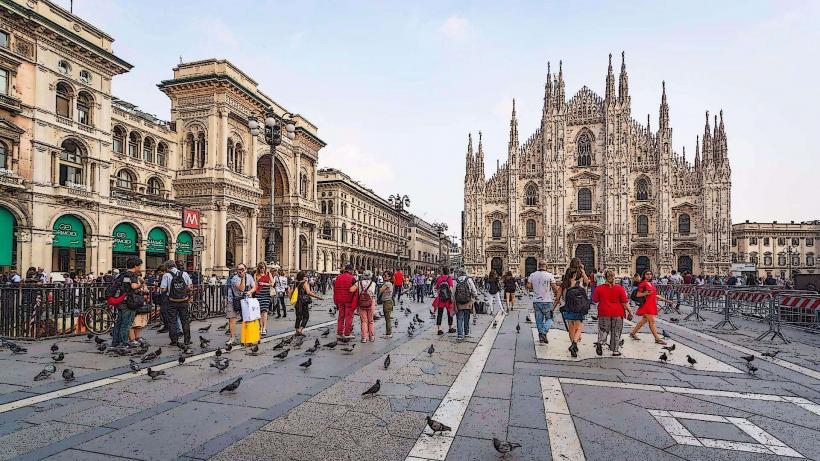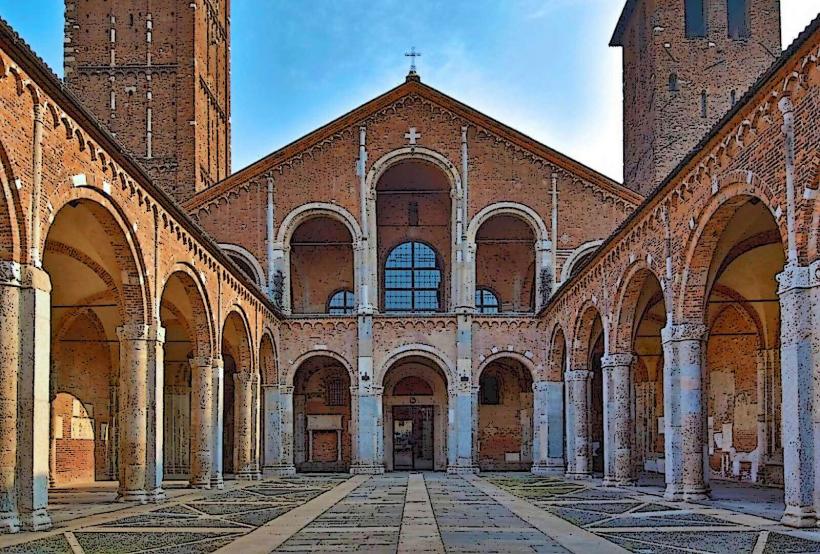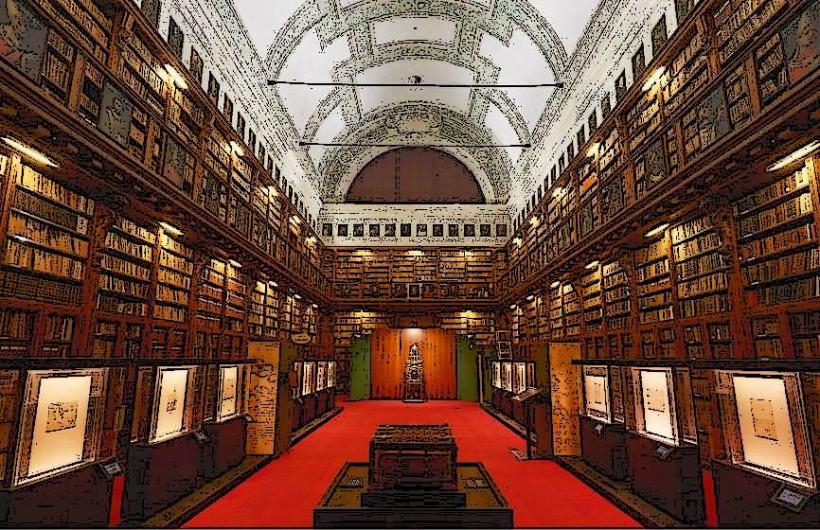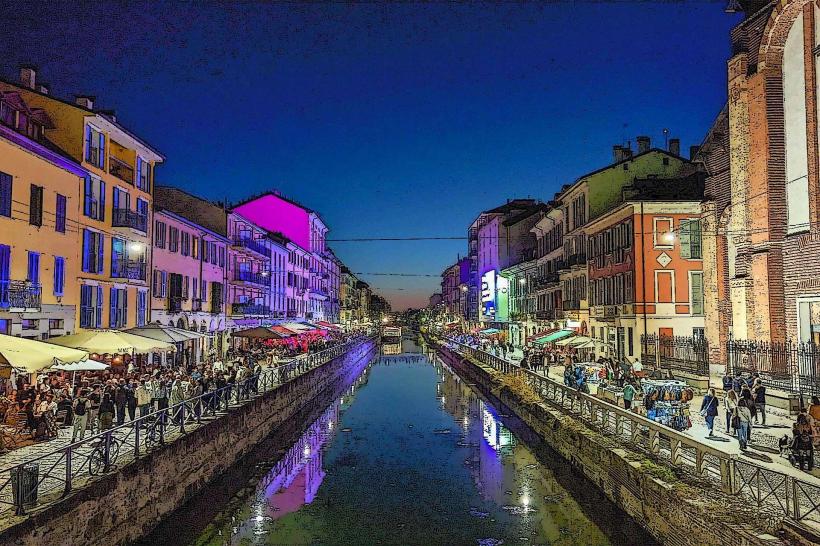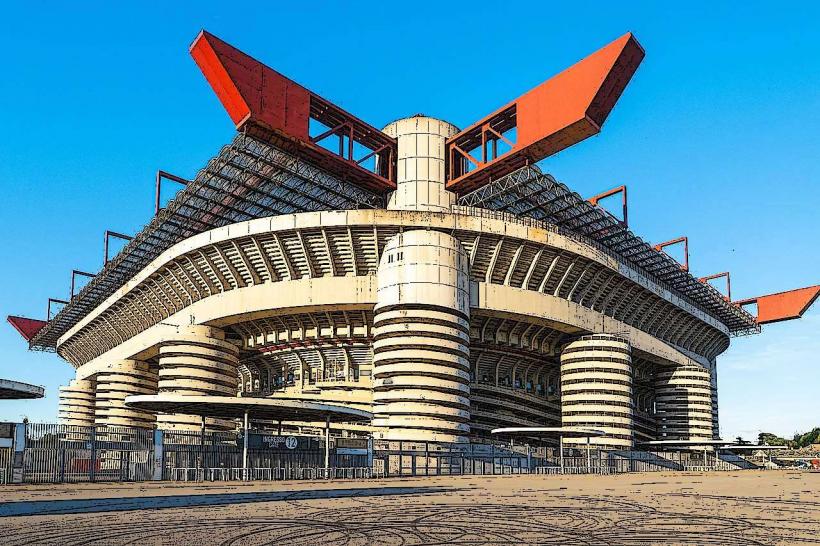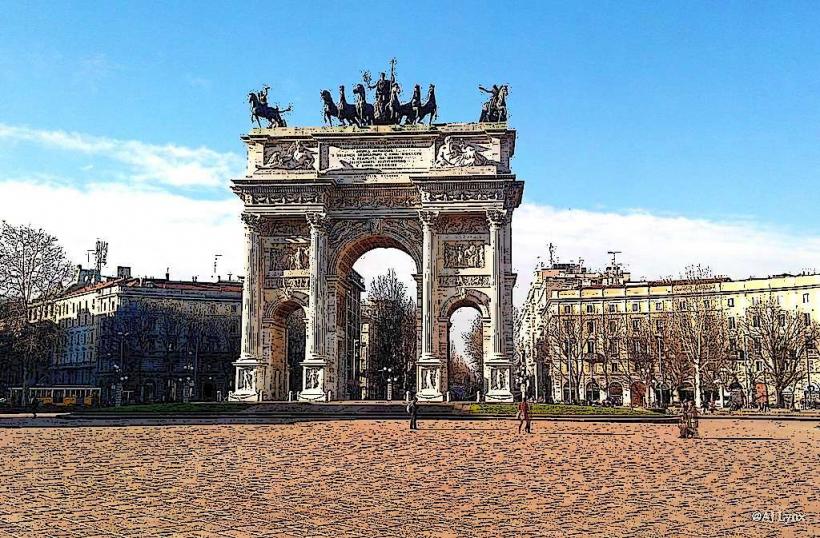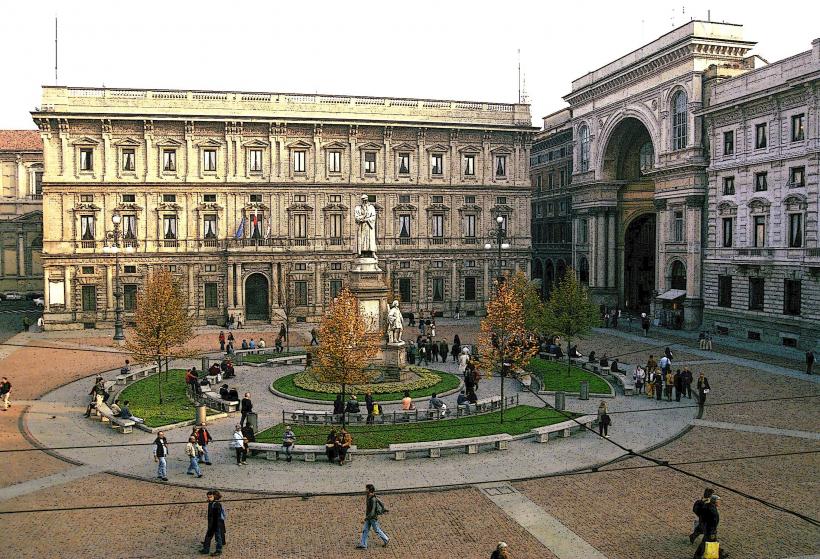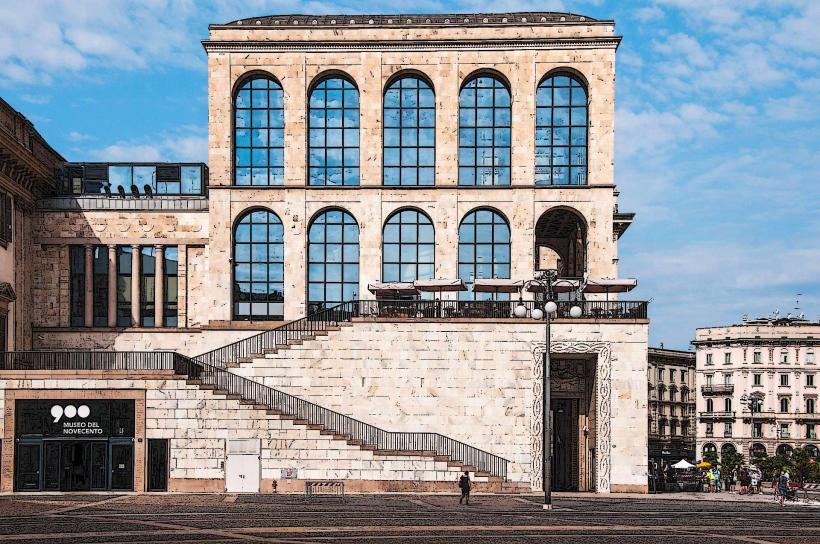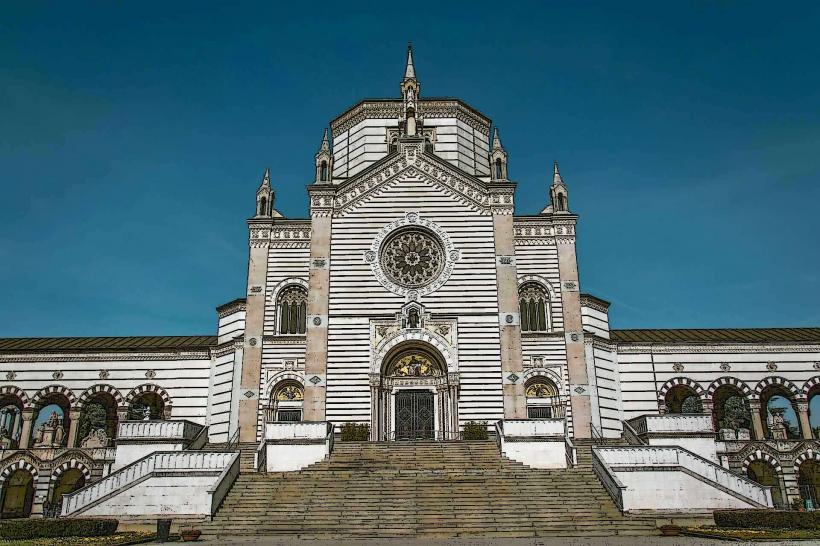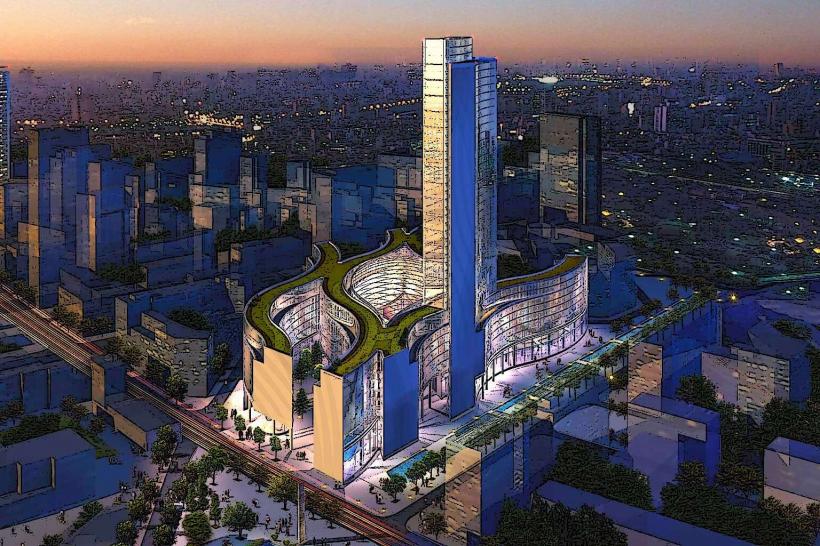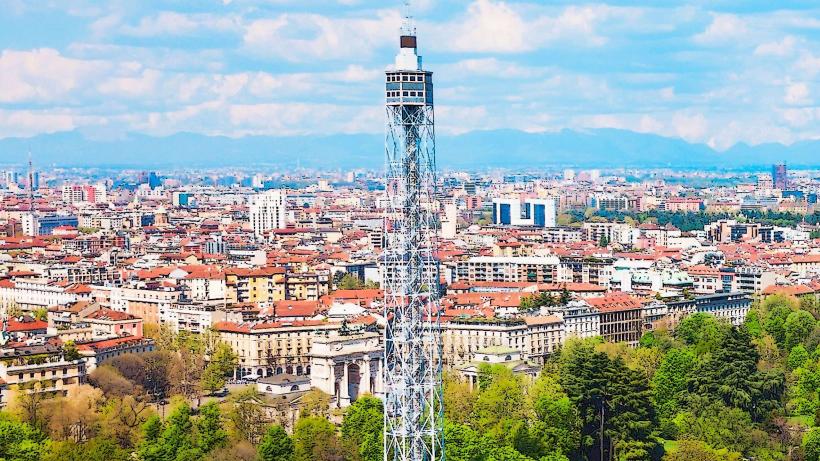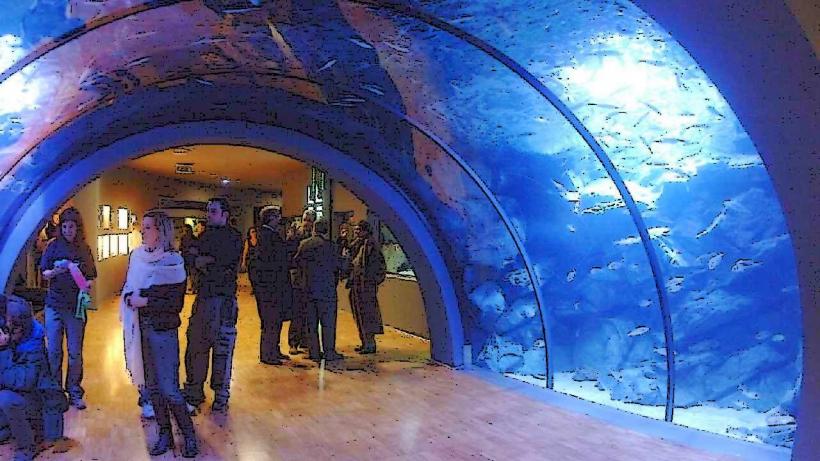Information
Landmark: Palazzo RealeCity: Milan
Country: Italy
Continent: Europe
Palazzo Reale (Royal Palace) in Milan is one of the city’s most iconic landmarks, rich in history and artistic heritage. Situated at Piazza del Duomo, right next to the Milan Cathedral (Duomo di Milano), it has served as a royal residence, administrative center, and cultural institution for centuries.
1. History of Palazzo Reale
- Early Origins: The site of Palazzo Reale dates back to the 12th century, when it was initially constructed as the "Palatium" for the ruling Visconti family. The first known building on the site was the Palace of the Archbishop of Milan.
- Expansion under the Sforzas: In the late 15th century, under the reign of Ludovico Sforza (known as Ludovico il Moro), the palace was significantly expanded and transformed. The Sforza family had a great impact on Milan, and their influence is still evident in the design and architecture of the palace.
- Spanish and Austrian Rule: During the 16th and 17th centuries, Milan was under Spanish and later Austrian rule, and the Palazzo Reale became the official residence of Spanish and Austrian governors. During this period, the palace was further expanded, and its role as the center of power in Milan was reinforced.
- Napoleonic Era: In the early 19th century, after the Napoleonic conquest of Italy, the Palazzo Reale was used by Napoleon Bonaparte and his successors as a royal residence. It was during this period that many of the palace’s formal rooms were redesigned and embellished.
- Savoy Rule: After the fall of Napoleon, the House of Savoy took control of the Kingdom of Italy, and the palace continued to serve as the royal residence of the Italian monarchs until the capital of Italy moved to Rome in 1871.
- Modern-Day Use: Today, the Palazzo Reale is a museum and exhibition space. It is home to a variety of art collections, temporary exhibitions, and historical displays. It stands as a reminder of Milan’s royal and political past while also being a cultural hub.
2. Architectural Features
- Facade and Exterior: The Palazzo Reale boasts a neoclassical façade, designed by architect Giuseppe Piermarini during the late 18th century. The imposing stone structure with large windows and a central portico gives the palace its monumental and elegant appearance. The palace faces the Piazza del Duomo, and its grand exterior serves as an impressive backdrop to Milan's historic city center.
- Courtyard: Inside, the palace has a large central courtyard that is flanked by colonnades and features a statue of King Victor Emmanuel II, the first king of unified Italy. The courtyard is often used for events, exhibitions, and public gatherings.
- Royal Apartments: The upper floors of the palace house the royal apartments, which include beautifully decorated rooms and halls. These rooms were once used by the royal family for personal and ceremonial purposes. The lavish decorations include frescoes, intricate stuccoes, and period furniture.
- Sala delle Cariatidi: One of the most important and visually stunning rooms in the Palazzo Reale is the Sala delle Cariatidi (Hall of the Caryatids). This room is adorned with large columns and frescoes, and it serves as a venue for cultural events and concerts.
- Royal Chapel: The Royal Chapel within the palace complex is an example of Baroque architecture, featuring stunning frescoes, stucco work, and a magnificent altar.
3. Art Collections and Museums
- Museum of the Royal Palace: The Palazzo Reale houses a museum dedicated to the history of the palace and its royal inhabitants. The museum displays various artifacts, historical items, and paintings from different periods of the palace’s history.
- Art Exhibitions: The palace is home to numerous temporary art exhibitions, often showcasing the works of both contemporary and classic artists. The Palazzo Reale has hosted exhibitions on major artists, including Monet, Van Gogh, and Picasso.
- Theater: Inside the palace, you can find a theater called the Teatro delle Arti, which hosts various performances and cultural events, including operas, concerts, and theatrical performances.
4. Cultural and Historic Importance
- Center of Power: As the seat of the Spanish viceroys, Austrian governors, and later the Savoy monarchy, the Palazzo Reale played a significant role in shaping Milan’s political history. It symbolized royal power and was the center of governance for centuries.
- Cultural Hub: Today, the palace serves as a major cultural institution, bringing art, music, and history together. It frequently hosts exhibitions on art, history, and Milan’s royal past, contributing to Milan’s reputation as a cultural and artistic hub in Italy.
- Location: Located in Piazza del Duomo, the palace is ideally situated for visitors to explore Milan’s historical and cultural center. It is in close proximity to the Duomo Cathedral, the Galleria Vittorio Emanuele II, and other major landmarks in Milan.
5. Visiting Palazzo Reale
- Opening Hours: Palazzo Reale is generally open to visitors throughout the week, but its exact opening hours may vary depending on the exhibitions. It is typically closed on Mondays.
- Admission: Entrance to the Palazzo Reale is often free for visitors, although there may be an entrance fee for special exhibitions and events.
- Guided Tours: Guided tours are available for those interested in exploring the royal apartments, art collections, and historic rooms. These tours provide deeper insights into the history, architecture, and art of the palace.
- Access: The palace is easily accessible by public transportation including the M1 metro line (Duomo stop) and is located in the heart of Milan’s historic center.
6. Conclusion
Palazzo Reale is a must-visit destination for anyone interested in Milan's history, art, and culture. The palace stands as a monumental symbol of Milan’s royal past and continues to be a vibrant cultural institution in the heart of the city. Whether you're exploring its historic royal apartments, admiring the art collections, or attending an exhibition, a visit to Palazzo Reale offers a fascinating glimpse into Milan's grandeur and cultural significance.

